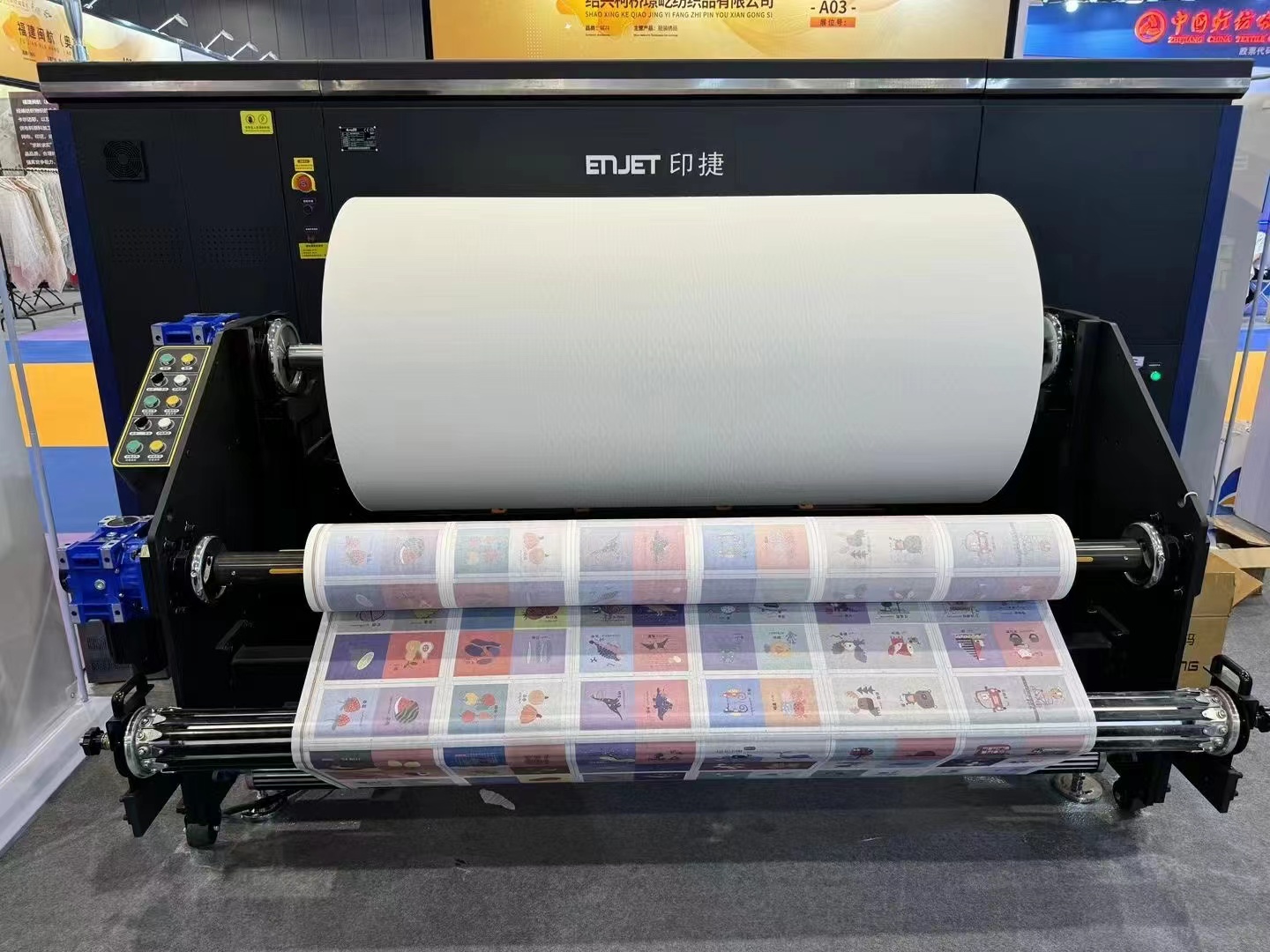FAQ
A dye sublimation printer uses heat to transfer dye onto materials like polyester fabrics, producing vibrant and durable prints.
While dye sublimation is optimized for polyester fabrics, it can also be used on polyester-blend fabrics. It is not effective on natural fabrics like cotton.
Regular maintenance includes cleaning the print heads, performing routine nozzle checks, using the printer regularly to prevent clogs, and using high-quality sublimation inks and papers.
Dye sublimation printing can be used to create custom apparel (e.g., sportswear, uniforms), home textiles (e.g., curtains, cushions), promotional items, and fashion accessories.
Dye sublimation printing is environmentally friendly as it uses water-based inks and produces minimal waste. The process also avoids the release of harmful VOCs (Volatile Organic Compounds).
Dye sublimation prints are very durable and can last as long as the fabric itself, maintaining their vibrancy and resistance to wear even after multiple washes and exposure to sunlight.
Dye sublimation works best on white or light-colored polyester fabrics because it does not use white ink. For dark fabrics, alternative printing methods such as heat transfer printing are recommended.
Common issues include clogged print heads, color inaccuracies, and paper jams. These can be mitigated by regular maintenance, using high-quality consumables, and ensuring proper printer calibration.
You will need graphic design software to create your designs and RIP (Raster Image Processor) software to manage the printing process and ensure accurate color reproduction.
Dye sublimation printing allows you to offer customized and high-quality products, meet diverse client needs, and enhance your product range with vibrant and durable prints.
The initial investment includes the cost of the dye sublimation printer, heat press, high-quality inks, transfer papers, and graphic design software. The specific costs will depend on the scale of your operations.
You can purchase sublimation inks, transfer papers, and compatible polyester fabrics from authorized dealers, online marketplaces, or directly from the printer manufacturer.

